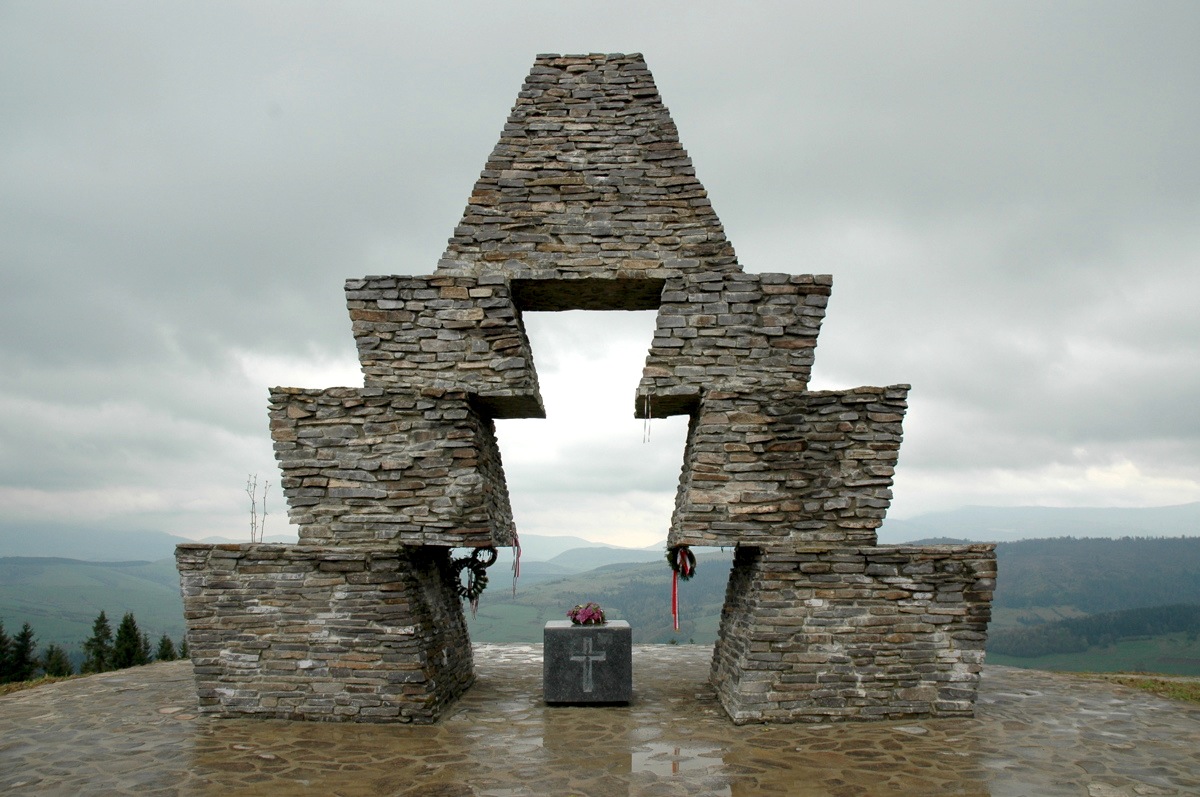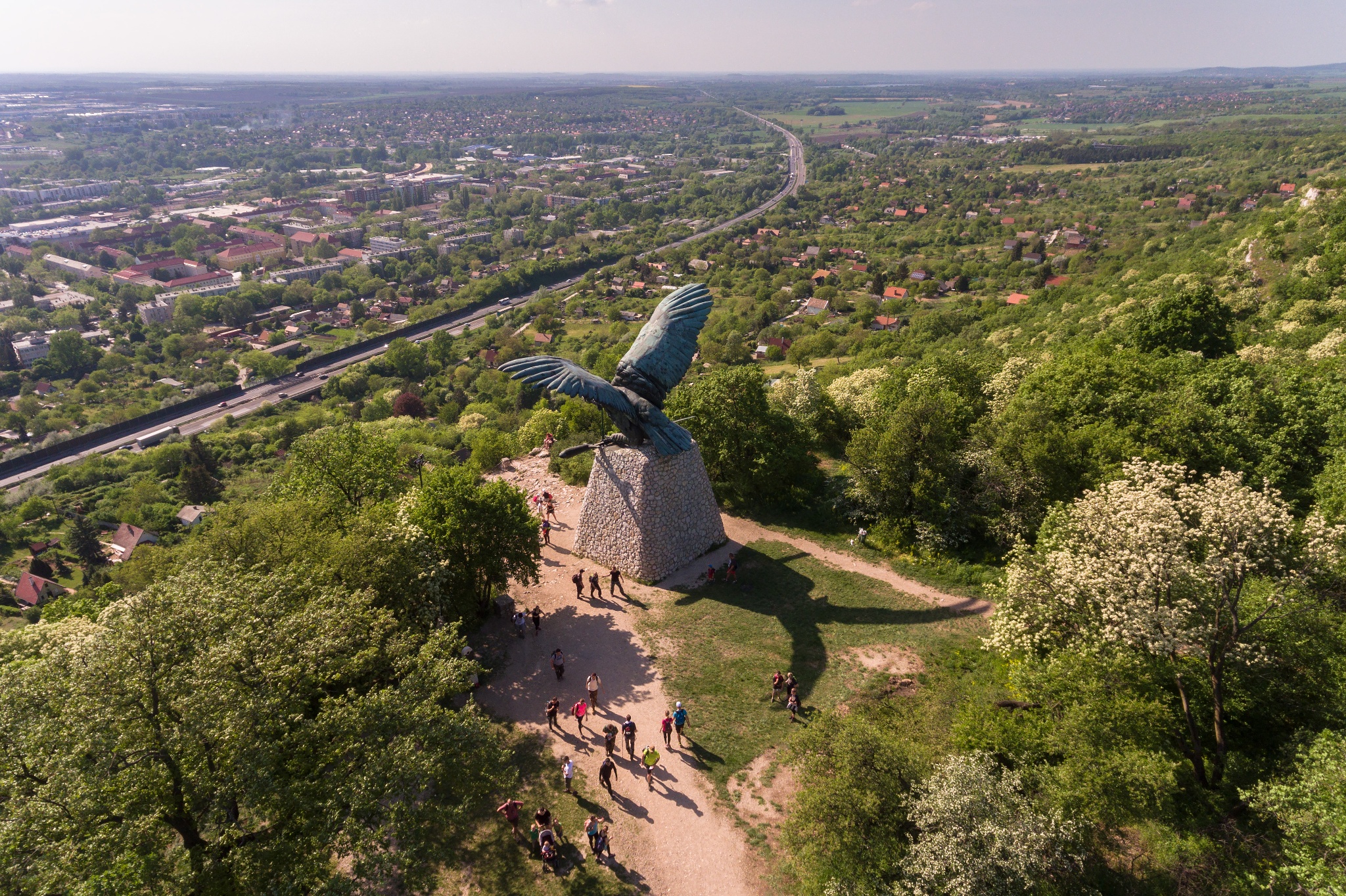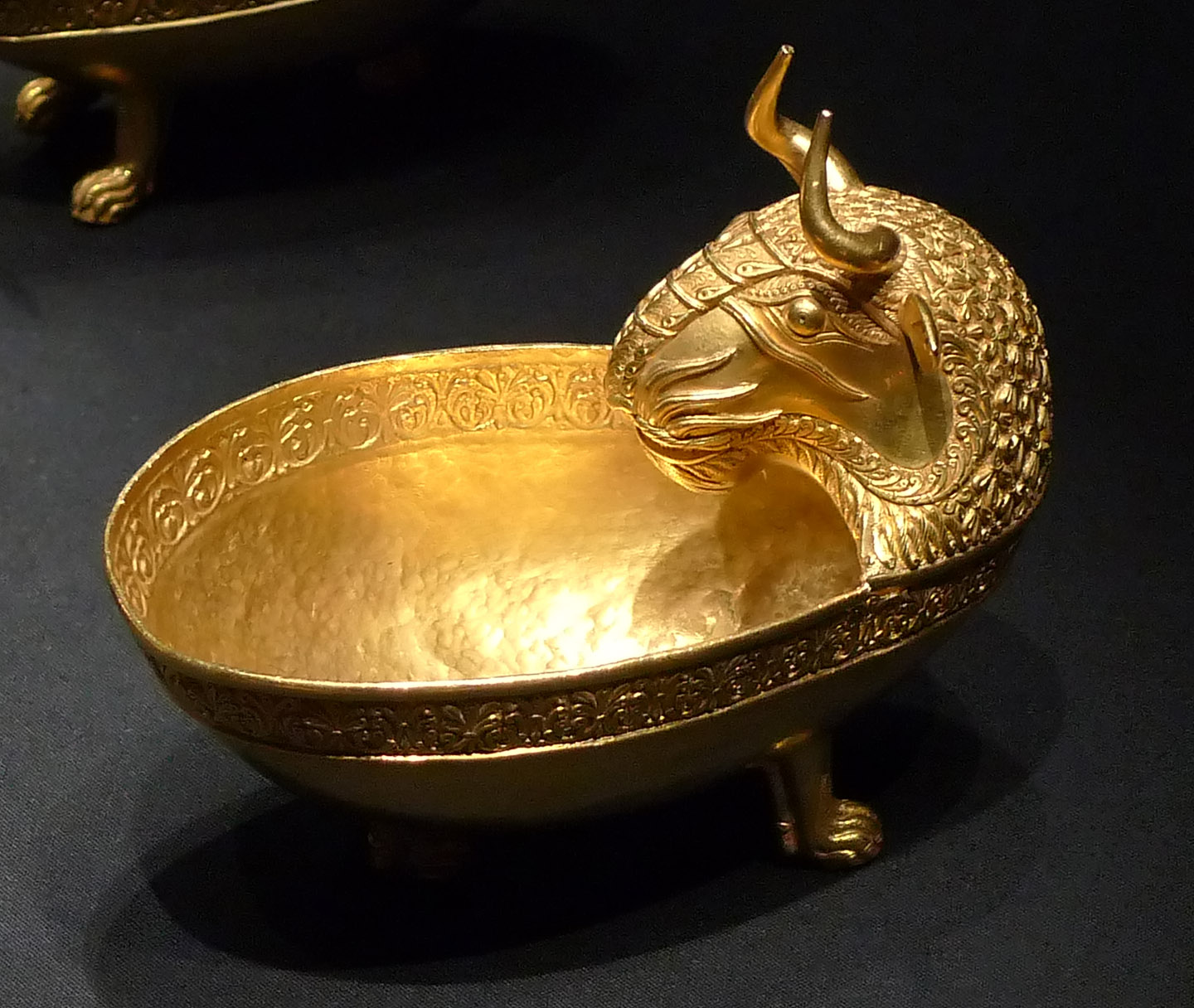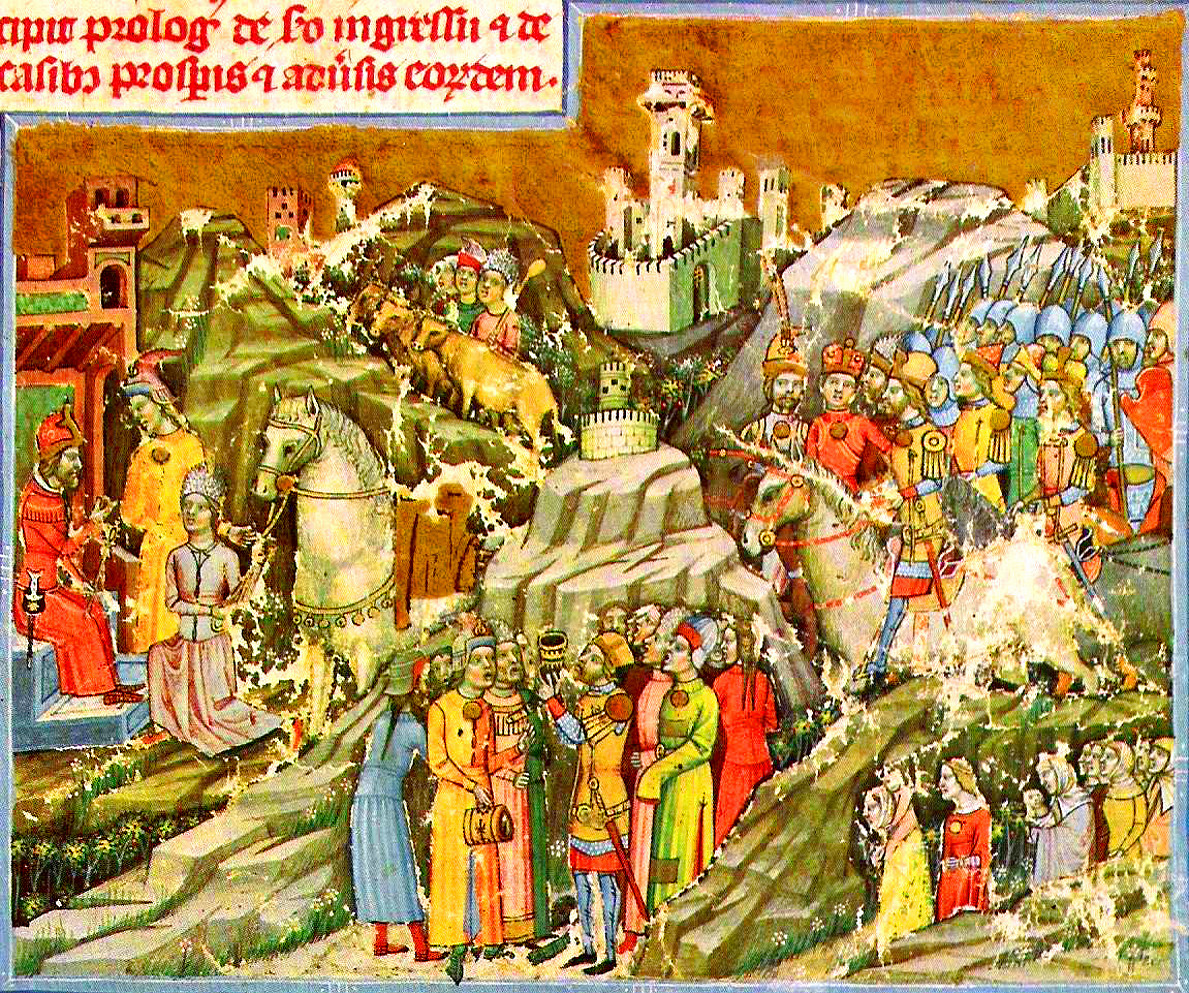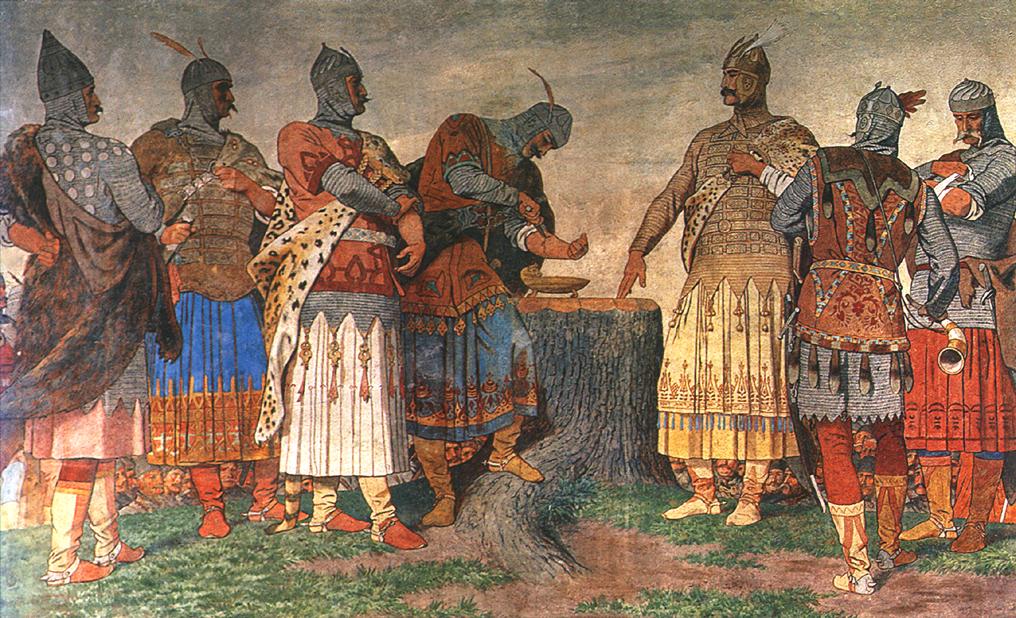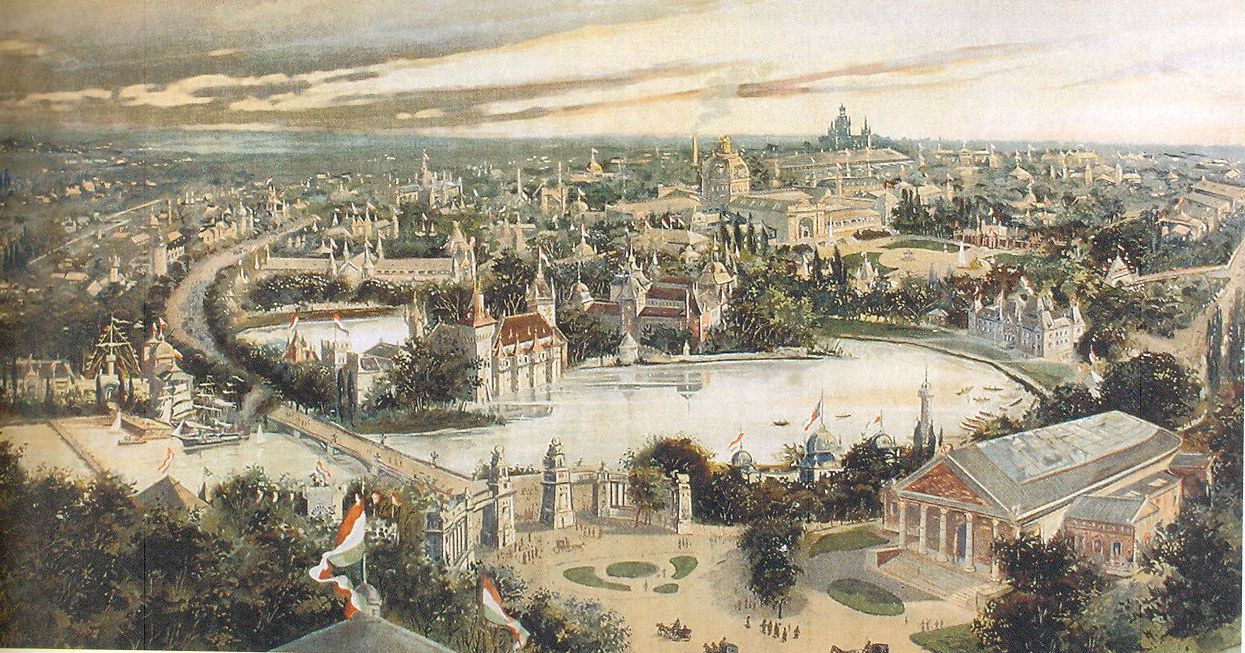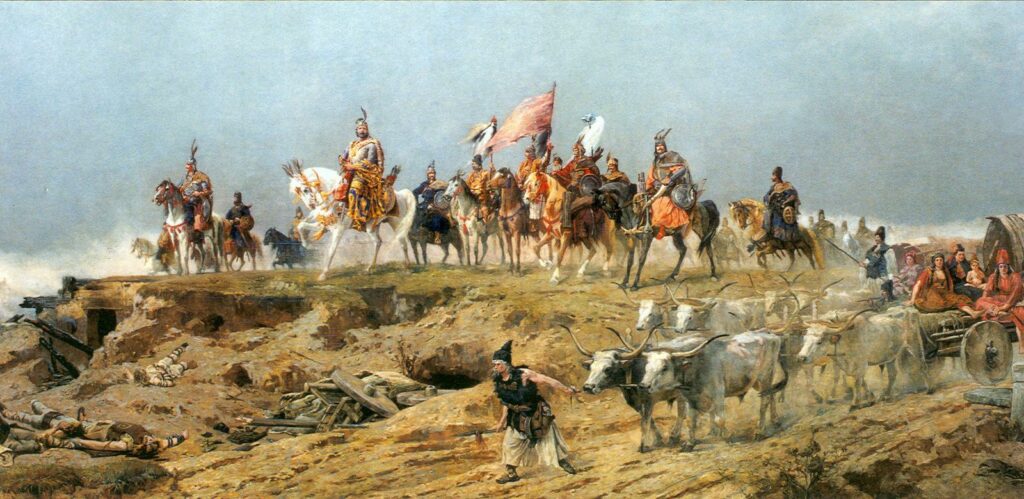
Myth of the Hungarian land-taking – Ópusztaszer – Ópusztaszer National Heritage Park
Hungarian figure of the „The story of the beginning” topic
The Ópusztaszer National Heritage Park, located in southeastern Hungary, is a site of profound historical and cultural significance, commemorating the mythic and historic events surrounding the Hungarian land-taking (honfoglalás). This park serves as a living museum, preserving and presenting the heritage of the Hungarian people from their early tribal origins to their establishment of a homeland in the Carpathian Basin.
The story of the Hungarian land-taking is rooted in the 9th century when the seven Hungarian chieftains, led by Árpád, guided their tribes from the steppes of Eurasia into the Carpathian Basin. This monumental migration is not only a cornerstone of Hungarian national identity but also a crucial chapter in the history of Central Europe. The Ópusztaszer National Heritage Park embodies this narrative, offering visitors a tangible connection to this legendary past.
One of the park’s most iconic features is the Feszty Panorama, a colossal cyclorama painting that vividly depicts the momentous arrival of the Hungarian tribes in the Carpathian Basin. Created by Árpád Feszty and his collaborators in the late 19th century, the painting captures the drama, determination, and grandeur of the Hungarian conquest. This immersive artwork is a focal point of the park, drawing thousands of visitors who come to experience the visual storytelling of their ancestors’ journey.
Ópusztaszer is also home to the National Historical Memorial Park, which includes a reconstructed Árpád-era village. This open-air museum allows visitors to step back in time and experience the daily life, customs, and traditions of the early Hungarians. The village features traditional yurts, wooden churches, and various artifacts, providing a comprehensive glimpse into the past.
In addition to the historical reconstructions, the park hosts a series of monuments and statues that honor significant figures and events in Hungarian history. Among these is the statue of Árpád, symbolizing the leadership and vision that guided the Hungarians to their new homeland. The park also includes monuments dedicated to the seven chieftains and other key figures who played pivotal roles in the land-taking.
The Ópusztaszer National Heritage Park is not merely a site of historical reenactment; it is a place of cultural education and reflection. Throughout the year, the park hosts various cultural events, reenactments, and educational programs that engage visitors of all ages. These activities foster a deeper understanding and appreciation of Hungary’s rich cultural heritage and its enduring legacy.
Ópusztaszer is a symbol of national pride and collective memory for the Hungarian people. It encapsulates the essence of their ancestral journey, the challenges they faced, and the triumphs they achieved in forging a new homeland. The park not only preserves the past but also inspires future generations to honor and continue the legacy of their forebears.
Facts


